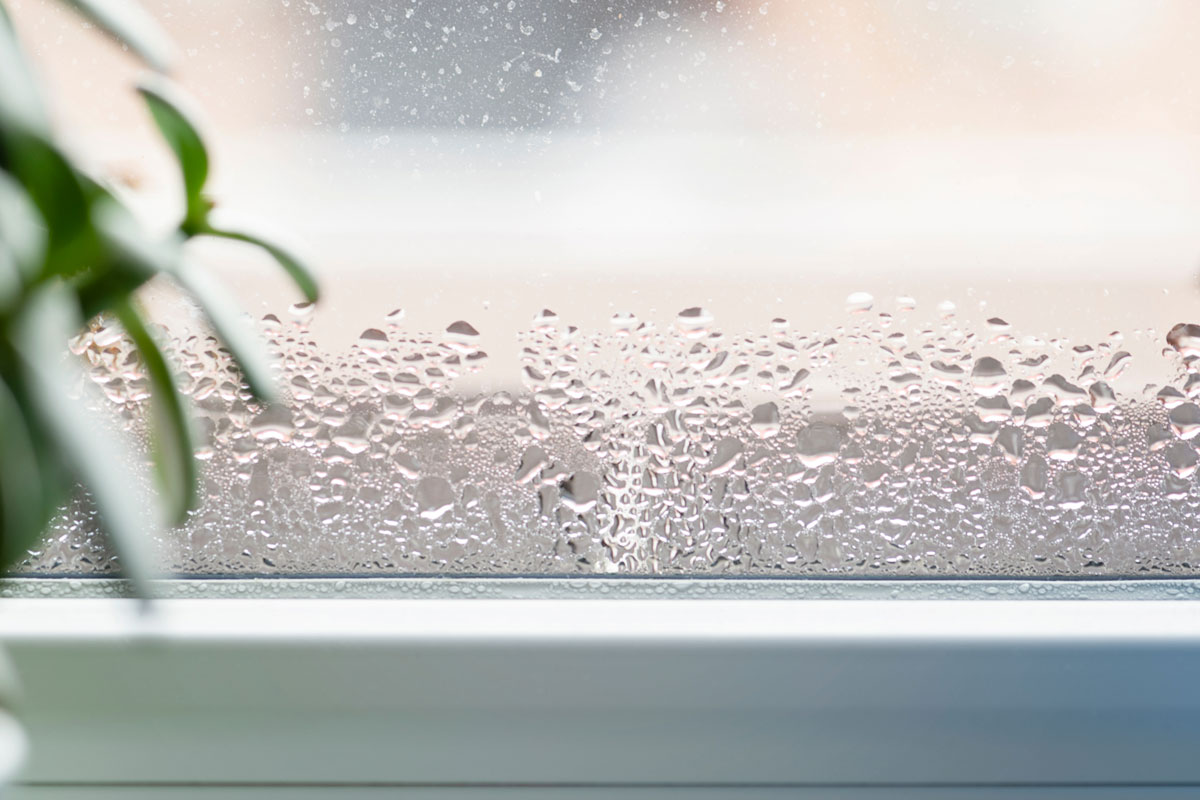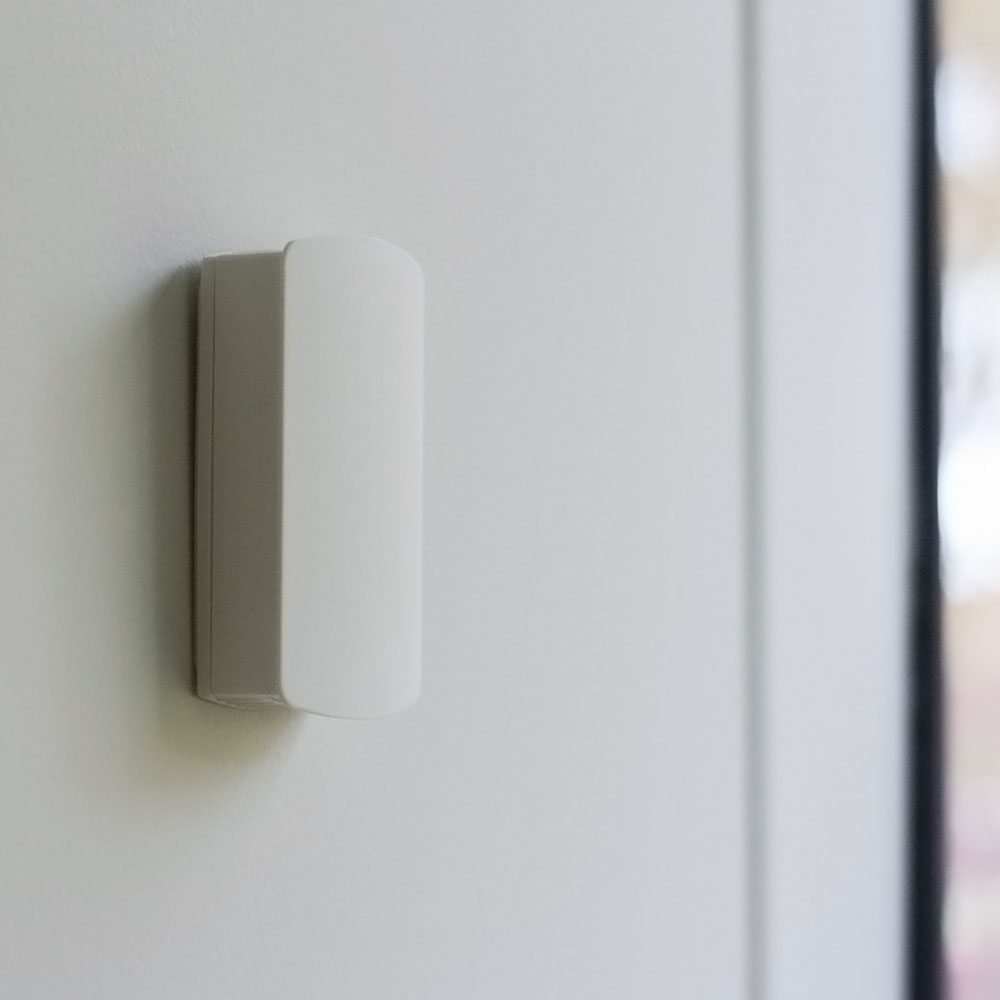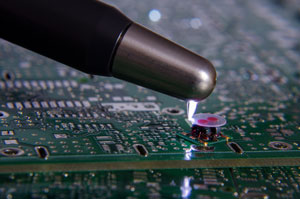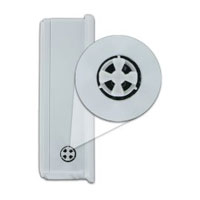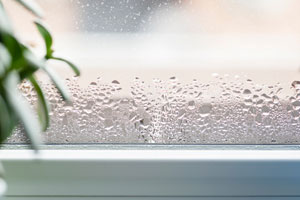 We often don’t think about the effects that relative humidity can have. It doesn’t stand out the way that the temperature of a room does, where a person might have to turn on a fan or turn up a heater. In fact, relative humidity is crucial to promoting good indoor air quality and is important to the health and safety of several different applications and areas.
We often don’t think about the effects that relative humidity can have. It doesn’t stand out the way that the temperature of a room does, where a person might have to turn on a fan or turn up a heater. In fact, relative humidity is crucial to promoting good indoor air quality and is important to the health and safety of several different applications and areas.
What to Consider When Selecting a Humidity Transmitter
Proper selection and use of relative humidity (RH) sensors are important factors in designing and building a reliable, economical HVAC system. Over the years humidity control has been getting even greater attention because of its positive impact on indoor air quality (IAQ).

The importance of humidity measurement and control can mean different things depending on the application. To the museum curator, it means preserving valuable artwork and artifacts. To the hospital facilities engineer, it means a comfortable environment for the patients, as well as maintaining accurate moisture control to prevent the spread of bacteria and infection. And to the building maintenance professional, it means a reliable building automation system that reduces energy costs while increasing the comfort of its occupants. Continue reading “What to Consider When Selecting a Humidity Transmitter”
Capacitance Polymer Humidity Sensors
 Humidity sensors are one of the most common types of sensors used for HVAC equipment and building management systems. With proper humidity monitoring, energy efficiency of a building can be improved. By using environmental conditions in conjunction with an economizer to reduce the building load, cool outside air is used to cool the indoor space of a building. Dampers, humidity sensors, and temperature sensors are used to verify optimal outdoor conditions for maximizing energy cost savings. Continue reading “Capacitance Polymer Humidity Sensors”
Humidity sensors are one of the most common types of sensors used for HVAC equipment and building management systems. With proper humidity monitoring, energy efficiency of a building can be improved. By using environmental conditions in conjunction with an economizer to reduce the building load, cool outside air is used to cool the indoor space of a building. Dampers, humidity sensors, and temperature sensors are used to verify optimal outdoor conditions for maximizing energy cost savings. Continue reading “Capacitance Polymer Humidity Sensors”
What is electrostatic discharge and how can it be prevented?
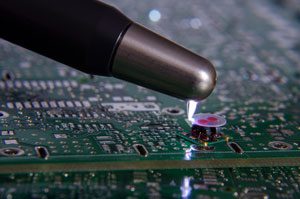 At one point or another we have all been exposed to some form of an electrostatic discharge (ESD) event, even something as simple as walking across a carpeted space, touching a door knob, and receiving an unexpected jolt. These types of events are very common in instrumentation applications. Today we will discuss what ESD is, the effects it has on instrumentation, and the steps that Dwyer Instruments has taken to prevent damage to sensors susceptible to these events. Continue reading “What is electrostatic discharge and how can it be prevented?”
At one point or another we have all been exposed to some form of an electrostatic discharge (ESD) event, even something as simple as walking across a carpeted space, touching a door knob, and receiving an unexpected jolt. These types of events are very common in instrumentation applications. Today we will discuss what ESD is, the effects it has on instrumentation, and the steps that Dwyer Instruments has taken to prevent damage to sensors susceptible to these events. Continue reading “What is electrostatic discharge and how can it be prevented?”
Mystery Solved! Dwyer Solves the Wall Mount- Relative Humidity Error Problem
Wall mount humidity sensors for building automation system (BAS) applications are produced and sold by several different companies and have a 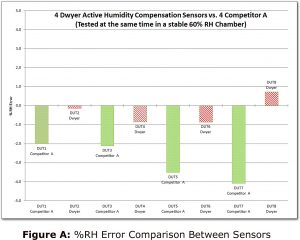 reputation of poor accuracy despite specifications from suppliers. There is a rational reason why these instruments appear to read outside of their stated accuracy, which in turn causes users to be frustrated with the results.
reputation of poor accuracy despite specifications from suppliers. There is a rational reason why these instruments appear to read outside of their stated accuracy, which in turn causes users to be frustrated with the results.
Continue reading “Mystery Solved! Dwyer Solves the Wall Mount- Relative Humidity Error Problem”

